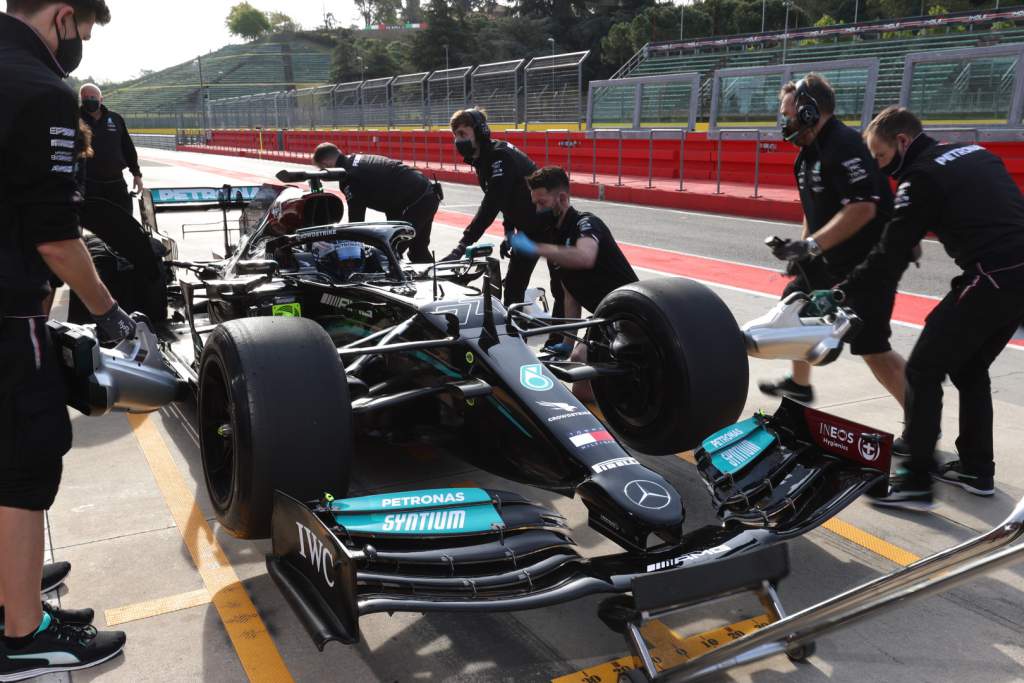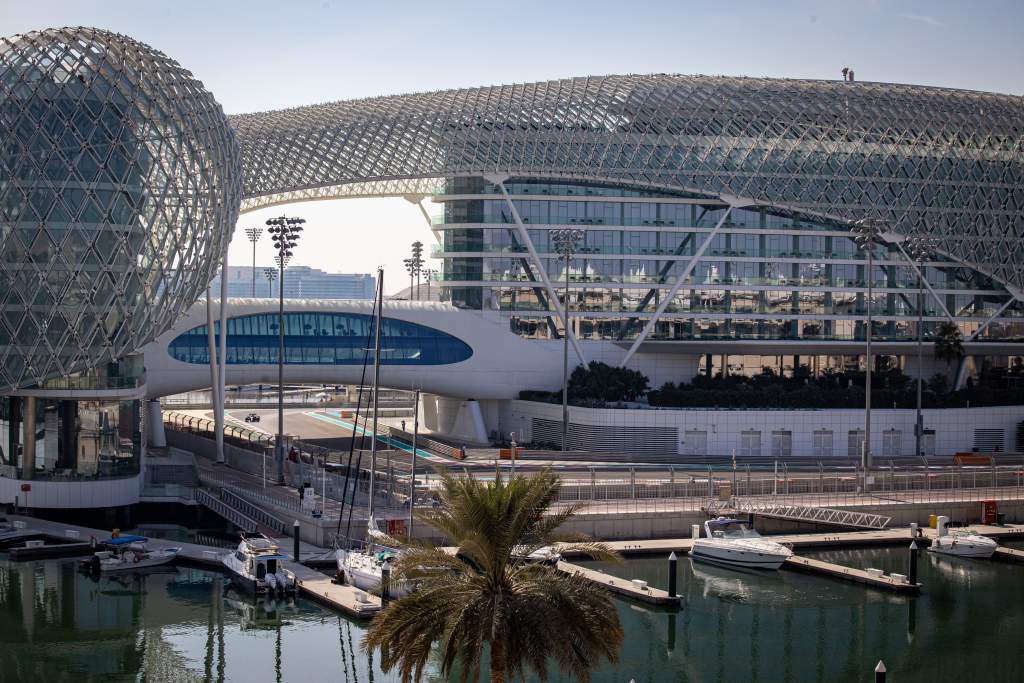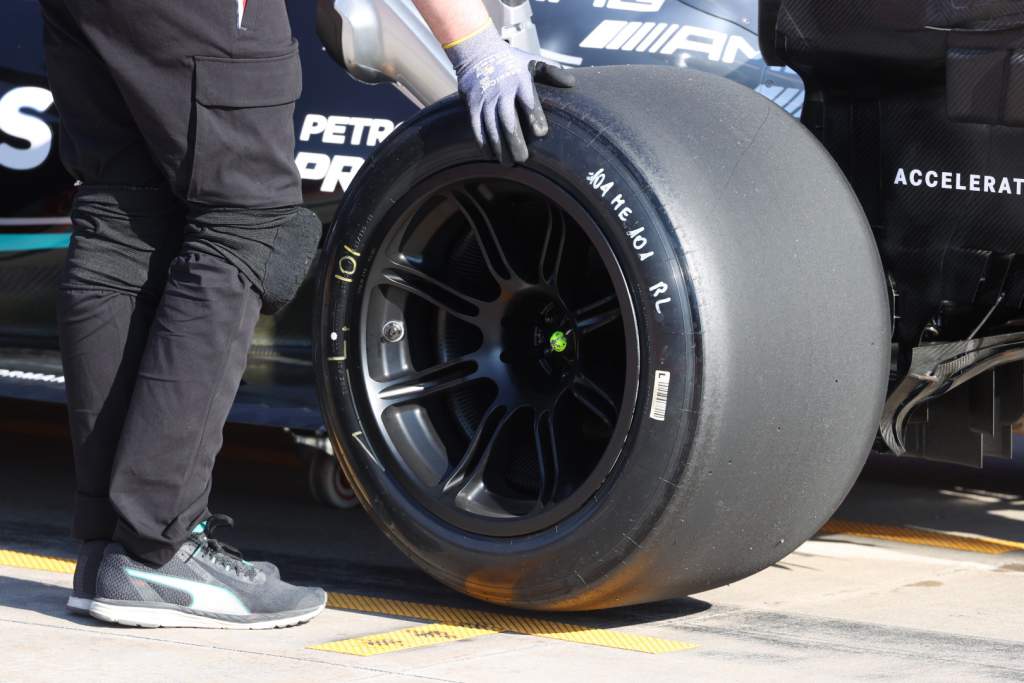Up Next

Pirelli hopes to validate the improved temperature sensitivity of its new-for-2022 low-profile tyres running in traffic during the post-season Abu Dhabi Formula 1 test – although the effectiveness of the changes won’t be fully clear until next season.
The two-day test will be held in Abu Dhabi after the final race of the season, with each team able to run one 2021-specification car on the current tyres and one mule car for testing the tyres.
While Williams does not have a mule car available, the other nine teams do and have participated in Pirelli’s tyre test programme for the rubber to be used on the 18-inch wheelrims.

The tyres being less temperature-sensitive is one of the key objectives in Pirelli’s target letter for 2022. While Pirelli is confident it has made good progress in achieving this, all of its tyre testing has been done with one or two cars on track, which means it has been difficult to evaluate the temperature sensitivity of the tyres while sliding around in turbulent air.
Although the cars used during the test should produce more turbulence than the 2022 cars, as even the mule cars are based on recent machinery adapted to the predicted performance and downforce levels, it will give a valuable indication of how successful Pirelli has been in improving this characteristic – along with the intention to create a wider temperature operating window.
“For sure,” Pirelli F1 boss Mario Isola told The Race when asked if there would be attempts to simulate running in traffic during the Abu Dhabi test.
“The problem is that we are using the mule cars and the mule cars don’t have the final version of the aero package.

“I’m not 100% sure the mule cars running in traffic are representative of the new cars running in traffic because with a new car you generate slipstream and mule cars in traffic are losing more downforce, so it is not the same situation.
“I believe we have to wait until the first race in 2022 to learn completely about traffic. Also during the test we know that they don’t want to stay in traffic because they are not collecting useful data.”
The Abu Dhabi test will be a final opportunity for Pirelli to gather data should any minor adjustments need to be made to the new tyres.
The construction and compounds have already been largely set after an extensive test programme that started in September 2019, albeit with an interruption when the COVID-19 pandemic struck early last season.
But with all the teams testing together for the first time in Abu Dhabi, it should provide some valuable information for Pirelli, especially if they can be persuaded by Pirelli to simulate running in traffic by running together on track at times.

“I am happy that we have the possibility to test in Abu Dhabi and have two days of testing that are dedicated to tyres.
“We are going to homologate the product by September 1 in terms of construction and just after that the compounds.
“So we are going to Abu Dhabi with a final version of the 2022 tyre and we have the possibility to add mileage on the tyres.
“Hopefully if there is anything we have to fine-tune for 2022, we have a bit of time to react because if we start with the new tyres in pre-season test there is no time to react because some of the tyres that we produce for races are already on the boat to go to China or wherever.”




